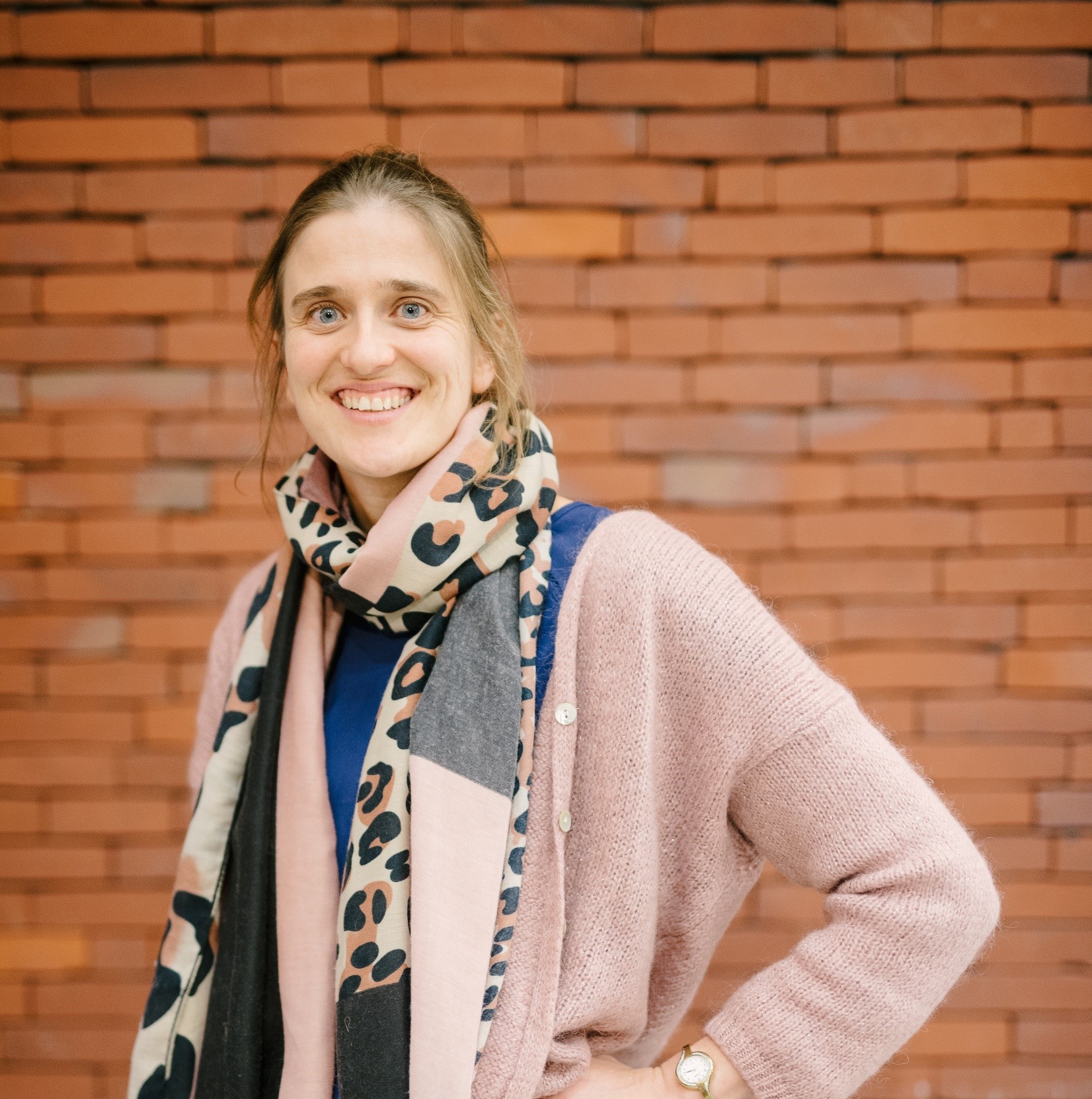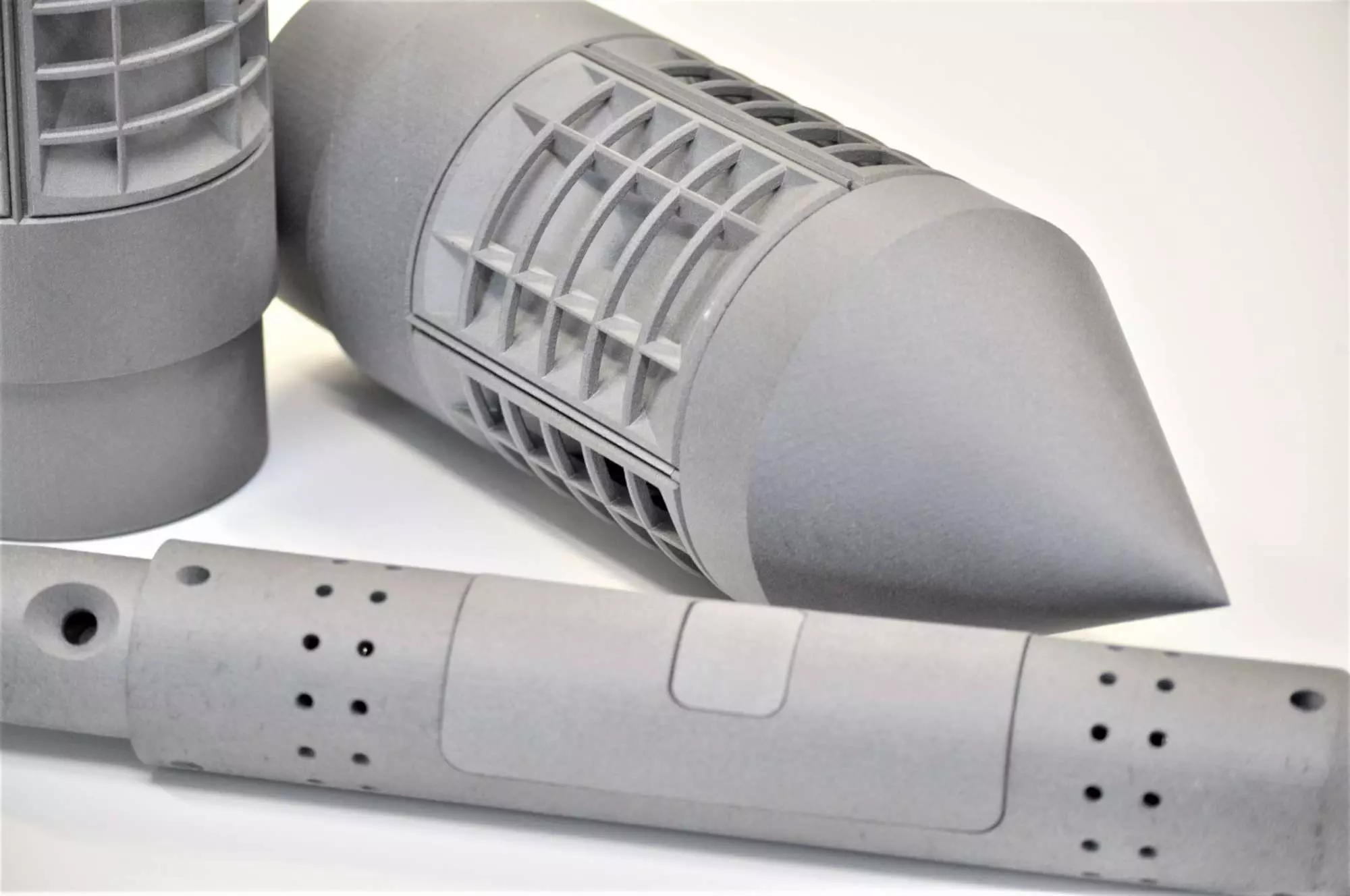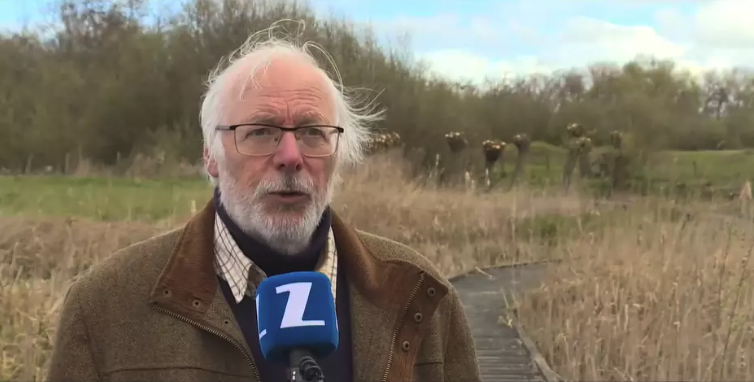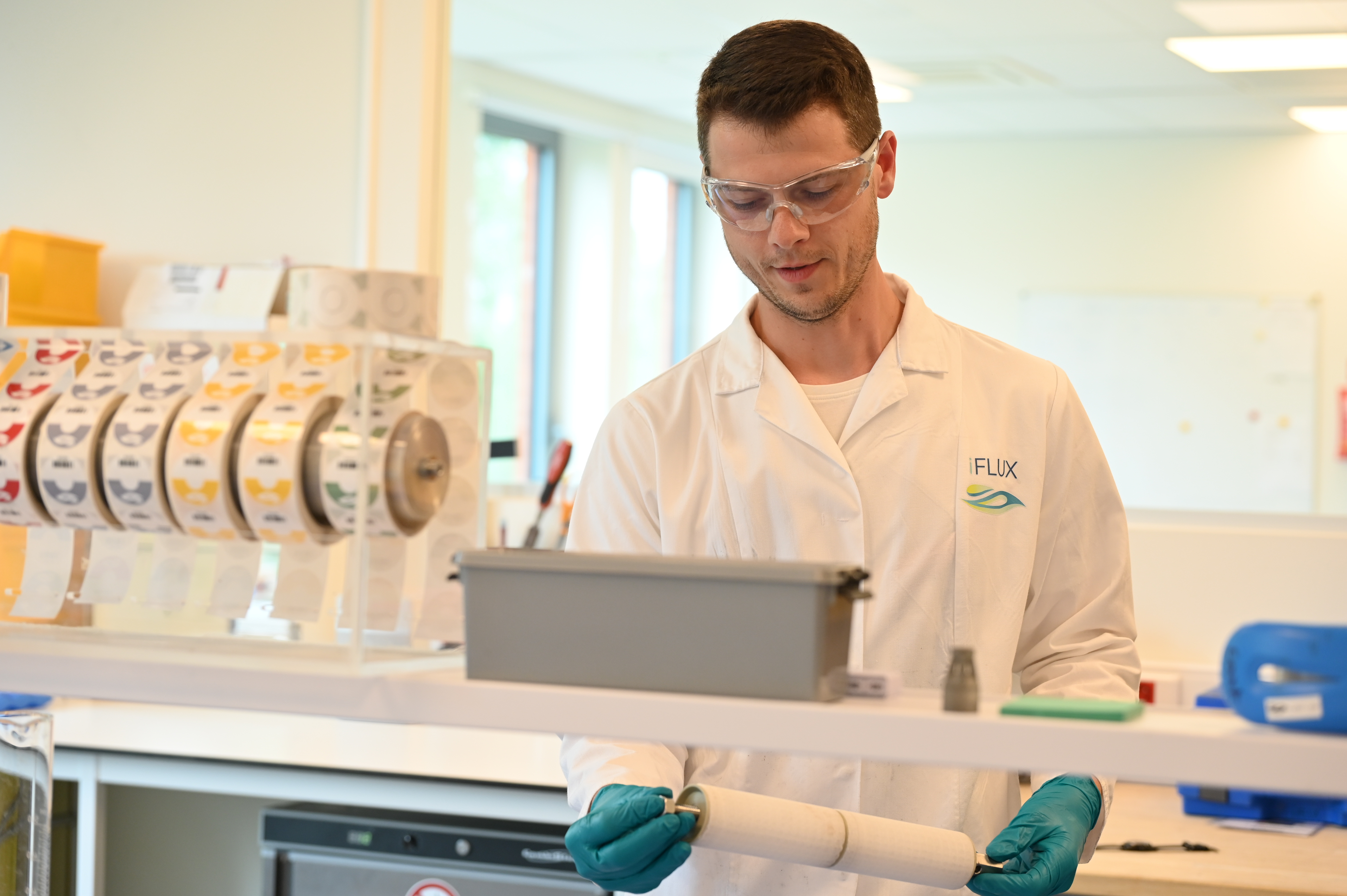iFLUX recognized as critical element in water management of the future
Posted on Tuesday 27 April 2021 In collaboration with the University of Antwerp and Natuurpunt, iFLUX has implemented a sensor...
2 min read
 Goedele Verreydt
:
Apr 30, 2024 12:17:51 PM
Goedele Verreydt
:
Apr 30, 2024 12:17:51 PM

Posted on Tuesday 1 December 2020
Since last month, iFLUX is contributing to a study in Poland where we can test our newly developed digital sensor in the field and even compare it to typical measuring methods.
The Biebrza is a natural meandering lowland river and is one of few such rivers in Europe. In 1993 the Biebrza National Park was created in order to preserve the Biebrza marshes and peatlands, as similar are rarely to be found in today’s Europe. iFLUX has the unique opportunity to measure the groundwater dynamics at a wetland zone inside the Biebrza National Park with our newly developed digital sensors. The measured data will serve as input for modeling the wetlands groundwater flows.
The vegetation in wetland habitats depends on water quality, quantity, patterns of river discharge and groundwater-surface water interaction on a local or regional scale.
The waterflows in this environment are first simulated in a model based on the hydraulic head, topography, water table measurements and the flow rate of the river. The soil in this surrounding contains a clacial peat deposit with a more permeable sand layer underneath.
The model will now be calibrated by using different measuring methods.
The different measuring methods used to calibrate the model in this project are:
The measurement area is located near Rogozyn Stary, in the upper Biebrza (see map below)

The interaction between groundwater and surface water is measured using the iFLUX digital sensors.
We are measuring inside the river, with 2 vertical sensors, and we are using 2 horizontal sensors to measure the interaction in the surrounding valley.
Pictures of setup vertical sensors in Biebrza river:


The horizontal sensors are each installed in a different layer of the subsoil, one in the peat layer and one in the sand layer.
Pictures of horizontal sensor setup in subsoil:

This setup will stay from mid-October till the end of February while the sensors sent their data through a gateway for remote data access. The measured flux data will also be linked to the measured hydrologic variation.
This study enables us to optimize the iFLUX digital sensors further and adds knowledge to improve further applications.
The data will be compared to other measuring techniques to calibrate the groundwater model.
The results of the study are still being processed. Nevertheless, we have already been able to take steps forward in terms of sensor design, but also in terms of installation into the water and in the field.
Partners in this study are: the University of Antwerp (Ecosystem management group), Warsaw University of Technology, Warsaw University of Life Sciences, iFLUX NV
If you have an interesting pilot project where digital flux measurements can be used, be sure to let us know via info@iflux.be

Posted on Tuesday 27 April 2021 In collaboration with the University of Antwerp and Natuurpunt, iFLUX has implemented a sensor...
.jpg)
In the Scheldt estuary, tidal marshes are under constant pressure from erosion, resulting from strong wave action and harsh environmental conditions....

Remediation is extremely costly, so it’s best to do it in a targeted way and get it right the first time. The iFLUX Sampler is a unique tool that...